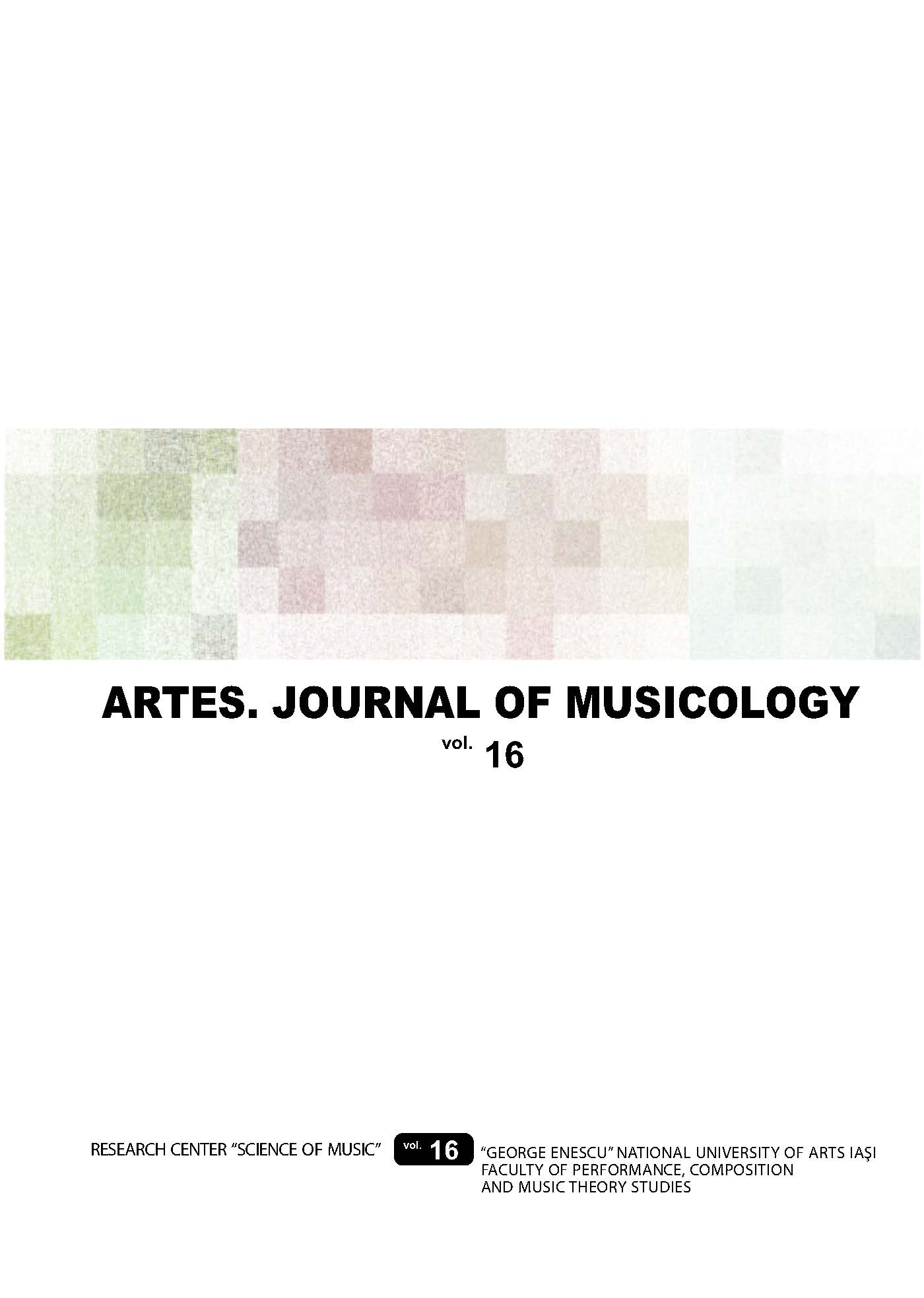Traditional and Iinnovative Aspects in Gheorghe Neaga’s Quartet no. 3 for Strings
Traditional and Iinnovative Aspects in Gheorghe Neaga’s Quartet no. 3 for Strings
Author(s): Natalia ChiciucSubject(s): Music
Published by: Editura ARTES
Keywords: quartet; tradition; innovation; modalism; heterophony
Summary/Abstract: The present study is an analytical sketch of one of the Gheorghe Neaga’s last opuses – Quartet no.3 for strings. As a result of studying the two movements of the work we will find that the author remains an adept of tradition while rallying at the same time to the innovations that presents the postmodern period. Between these the main role is given to formal principle, which is found in a double hypostases: old and new. In a bipartite architectural structure – avoiding the classic romantic quadrature –, the creation includes a number of important innovations introduced by the composer based on regularities known for centuries. These include some differences between movements (by number of measures, by sectioning accuracy of forms) and the issue of the lyrical quartet center location. But can not be ignored any other representations of the musical language. Without neglecting the thematism and its treatment techniques, must be mentioned, however, the surprising relationship between polyphony and harmony. And the fact that tonal gives the way to modal techniques, it is not a new for the composer's period of maturity. In this context, although dedicated to a classical genre, the work is further proof that the string quartet has always been a laboratory in which to experiment with new ways of expression, harmony, polyphony, etc. Therefore, being a traditional modernist, Gheorghe Neaga does not innovate so radically the musical language, but uses modern language if necessary.
Journal: Artes. Journal of musicology
- Issue Year: 2016
- Issue No: 16
- Page Range: 109-117
- Page Count: 9
- Language: English

